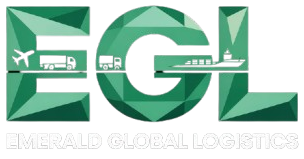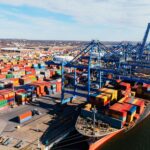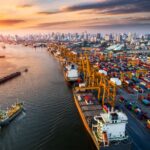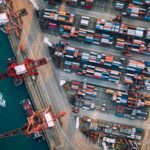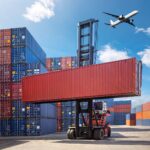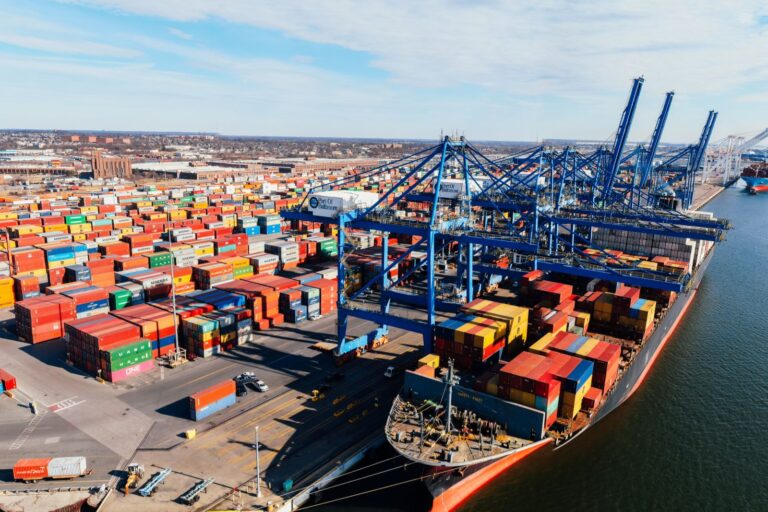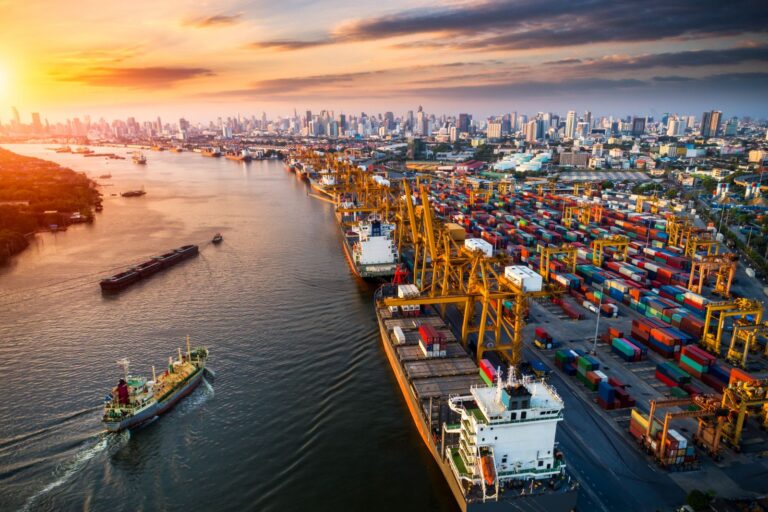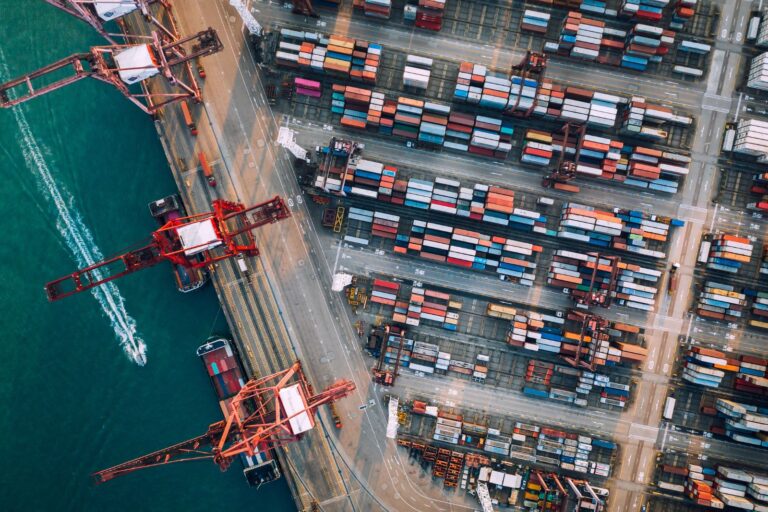Mining is one of the most demanding industries, relying on massive machines and specialised tools to keep operations running smoothly. But moving these oversized assets from one site to another—or even across international borders—can be a serious challenge. Oversized loads, strict safety requirements, and complex logistics make mining equipment transport a highly specialised service.
Without the right logistics partner, businesses risk costly delays, damaged machinery, and compliance issues. The good news is, professional transport services provide secure, efficient, and compliant solutions tailored to the mining sector’s unique needs.
At EGL – Emerald Global Logistics, we specialise in handling complex freight, including mining machinery, across Australia and beyond. With expertise in heavy haulage, international logistics, and supply chain management, EGL ensures mining equipment gets where it needs to go—safely and on time.
Why Mining Equipment Transport Is Essential
Mining companies depend on equipment that’s too large, heavy, or fragile for conventional shipping. Reliable logistics ensures:
- Safe handling of oversized and high-value machinery.
- On-time delivery to prevent costly project delays.
- Compliance with transport regulations for heavy loads.
- Optimised routes to reduce downtime and costs.
In short, without specialised transport, mining operations grind to a halt.
Benefits of Professional Mining Equipment Transport
1. Expertise in Heavy Haulage
Specialist providers have the tools and knowledge to manage oversized and overweight loads safely.
2. Reduced Risk of Damage
From cranes to excavators, machinery is secured using advanced methods to prevent costly damage.
3. Compliance with Regulations
Heavy transport requires permits, escorts, and regulatory approvals. A logistics expert handles it all.
4. Cost Efficiency
Optimised planning avoids unnecessary expenses and reduces operational downtime.
How Mining Equipment Transport Works
Here’s a step-by-step look at the process:
- Assessment & Planning – Evaluating the size, weight, and route requirements of machinery.
- Permits & Approvals – Securing special permits for oversized and heavy loads.
- Specialised Equipment – Using low loaders, multi-axle trailers, and cranes for safe movement.
- Route Planning – Identifying safe roads, avoiding low bridges and weight restrictions.
- Loading & Securing – Using advanced strapping and bracing techniques to protect equipment.
- Transport & Delivery – Coordinated shipping by road, sea, or air (depending on destination).
At EGL – Emerald Global Logistics, these steps are managed seamlessly to minimise risks and keep projects on track.
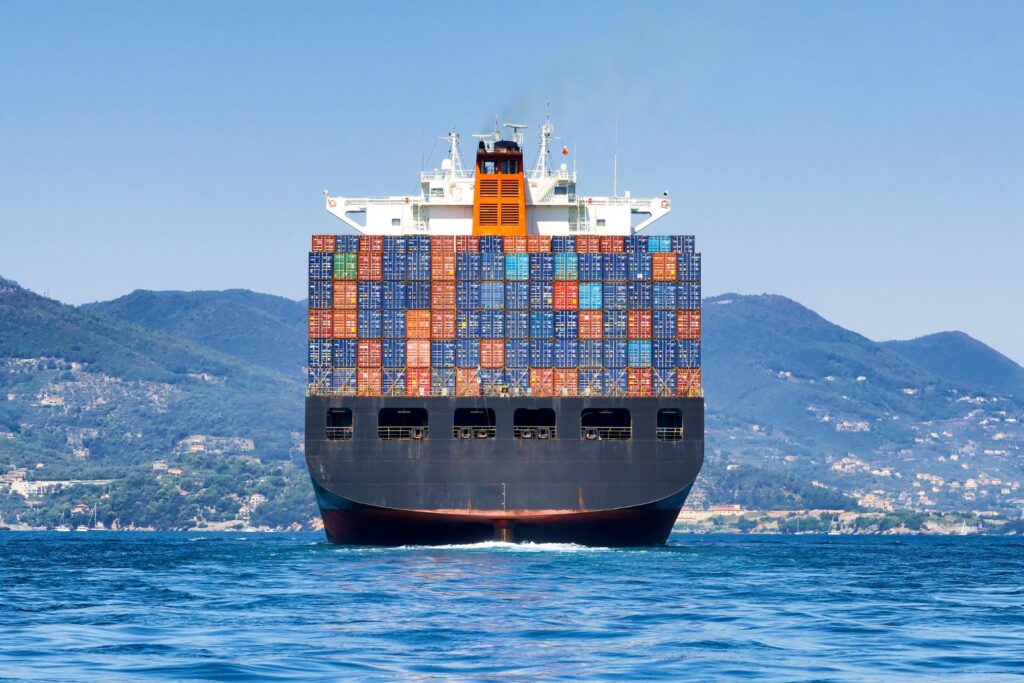
Costs of Mining Equipment Transport
The cost depends on several factors:
- Size and weight of the machinery.
- Distance and route complexity.
- Mode of transport (road, sea, or air freight).
- Permit and escort requirements.
For example, moving a single excavator within Australia may cost significantly less than transporting multiple machines internationally. Working with a logistics partner ensures accurate cost forecasting.
Best Practices for Mining Equipment Shipping
- Plan early to secure permits and approvals.
- Use expert handlers with experience in oversized freight.
- Protect machinery with proper covers and packaging.
- Choose the right mode of transport based on urgency and cost.
- Track shipments with real-time monitoring for visibility.
Common Mistakes to Avoid
- Failing to account for regulatory requirements.
- Underestimating equipment size and weight.
- Choosing non-specialised freight providers.
- Skipping insurance for high-value equipment.
These mistakes often lead to costly delays and safety risks.
Real-World Applications
- Mine Expansions: Moving new drilling rigs and bulldozers to remote sites.
- International Projects: Shipping Australian mining equipment overseas for large-scale developments.
- Maintenance & Repairs: Transporting heavy machinery to specialised service centres.
- Project Relocation: Moving entire fleets between mining sites.
At EGL, we’ve helped mining companies streamline these operations with tailored transport solutions.
FAQs about Mining Equipment Transport
1. What is mining equipment transport?
It’s the process of moving heavy machinery used in mining, often requiring specialised vehicles and permits.
2. How much does it cost to transport mining machinery?
Costs vary depending on size, weight, distance, and regulatory needs.
3. Which transport methods are used?
Road transport is common, but sea and air freight may be used for international moves.
4. Do I need special permits for heavy equipment?
Yes, oversized and overweight machinery requires permits and sometimes escorts.
5. Can EGL handle international mining equipment shipping?
Yes, EGL – Emerald Global Logistics provides both domestic and international solutions.
Conclusion
Mining companies cannot afford downtime caused by poor logistics. With the right expertise, equipment, and planning, mining equipment transport ensures safe, compliant, and efficient movement of machinery across Australia and worldwide.
At EGL – Emerald Global Logistics, we specialise in heavy haulage and international shipping for the mining sector. Whether it’s transporting a single excavator or relocating entire fleets, we deliver customised solutions to keep your projects running smoothly.
If you’re ready to streamline your mining logistics, contact EGL today for expert support.
